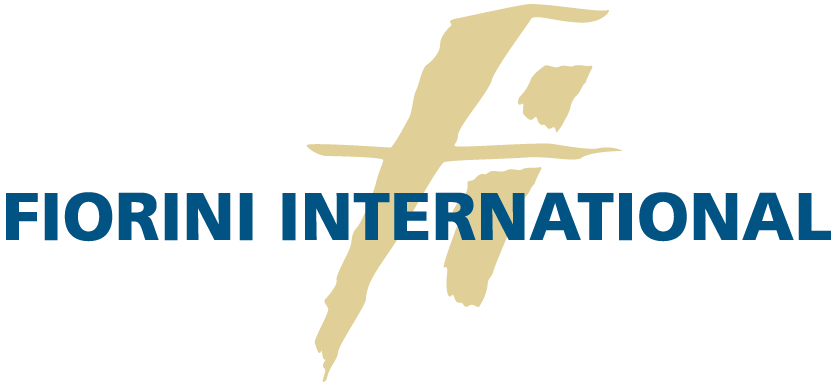Perchè passare alla carta
LA TRUFFA DEL RICICLO
La plastica, ricavata daL petrolio, è difficile da riciclare. Un corretto riciclo richiede una selezione meticolosa e molto costosa, poiché molte delle migliaia di varietà di plastica chimicamente distinte non possono essere riciclate insieme. Dopo il riciclo, la plastica si degrada ogni volta che viene riutilizzata: ciò significa che in genere può essere riutilizzata solo una o due volte, con rischi significativi di contaminazione e quindi di pericolo per la salute.
PIù PLASTICA CHE PESCI
Nel 2020 solo il 34% circa della plastica prodotta in Europa è stato riciclato. Il resto è stato incenerito o disperso nell’ambiente, compresi i nostri mari e oceani. Se non si interviene sull’uso della plastica, nel 2050 ci sarà più plastica che pesci negli oceani.
UN PERICOLO PER LA SALUTE
Tutte le materie plastiche sono composte da sostanze chimiche, tra cui polimeri di base e solventi: dieci gruppi di sostanze chimiche associate alle materie plastiche sono state identificate come fonte di grande rischio a causa della loro nota tossicità e del loro potenziale di rilascio di materie plastiche. Le sostanze chimiche pericolose possono essere emesse e rilasciate in tutte le fasi del ciclo di vita della plastica, con conseguente esposizione dell’ecosistema e dell’uomo.
Plastiche e microplastiche
Le microplastiche sono particelle più piccole di cinque millimetri derivanti dalla degradazione di oggetti di plastica. Le microplastiche possono passare dall’ambiente agli organismi viventi, compresi i mammiferi. Sono state identificate anche nella placenta umana. Su 7.000 sostanze associate alle sostanze chimiche di plastica, più di 3.200 hanno una o più proprietà pericolose che possono limitare, bloccare o alterare le azioni degli ormoni, ridurre la fertilità, danneggiare il sistema nervoso e/o causare il cancro.
praticamente permanente
L’85% dei rifiuti marini è costituito da plastica che ha un impatto devastante sulla vita marina e sulla salute umana nei vari passaggi lungo la catena alimentare. La natura persistente della plastica significa che in alcuni casi può impiegare fino a 500 anni per la decomposizione.
apparentemente invisibile
Le emissioni di gas serra vengono rilasciate lungo tutto il ciclo di vita della plastica, durante l’estrazione delle risorse, la loro raffinazione e lavorazione, la conversione della plastica in prodotti e componenti, la fase di utilizzo e il percorso successivo all’uso dei prodotti, compreso l’incenerimento.
il materiale piu’ riciclato
La carta è uno dei pochi materiali veramente sostenibili e il più riciclato in assoluto. Nel 2020, il tasso di riciclo degli imballaggi a base di carta in Europa è stato dell’82%, il più alto di qualsiasi altro materiale.
senza PFAS: 100% NATURALE
Le sostanze chimiche PFAS sono utilizzate per ottenere la resistenza al grasso, ma sono estremamente dannose per la salute. Le nostre soluzioni di imballaggio in carta sono le alternative sicure a quelle in plastica: niente PFAS, stessa resistenza e protezione, inchiostri a base d’acqua e certificazione per il contatto con gli alimenti.
DA FORESTE CERTIFICATE
La carta si ottiene dal legno, una risorsa naturale rinnovabile e sostenibile.Il 73% del legno e addirittura il 90% della pasta di legno sul mercato europeo proviene da fonti certificate di gestione forestale. Utilizziamo carta certificata FSC® C015302
UNA GESTIONE RESPONSABILE
Tra il 2005 e il 2020, le foreste europee sono cresciute di 58.390 chilometri quadrati: un’area più grande della Svizzera, pari a oltre 1.500 campi da calcio ogni giorno. Ciò significa che la produzione di carta non rappresenta un rischio per le foreste: la carta proviene da foreste gestite in modo sostenibile e il ciclo di impianto, crescita e taglio è completamente controllato.
NATURALE E RINNOVABILE
Il settore cartario è uno dei più bassi produttori di emissioni industriali di gas serra, con lo 0,9% delle emissioni europee nel 2021, e il più grande utilizzatore e produttore di energia rinnovabile in Europa, con il 61% del consumo di energia primaria proveniente da fonti rinnovabili.
packaging IN CARTA RESPONSABILE
L’imballaggio è il primo momento di interazione tra azienda/brand e consumatore, sempre consapevoli dell’impatto che gli imballaggi hanno sul nostro pianeta e più esigenti riguardo alla riciclabilità e alla sostenibilità degli imballaggi. Gli imballaggi in carta sono i più riciclati: ciò garantisce un “ciclo della carta” continuo e rigenerativo, in linea con gli obiettivi di sostenibilità delle Nazioni Unite.






